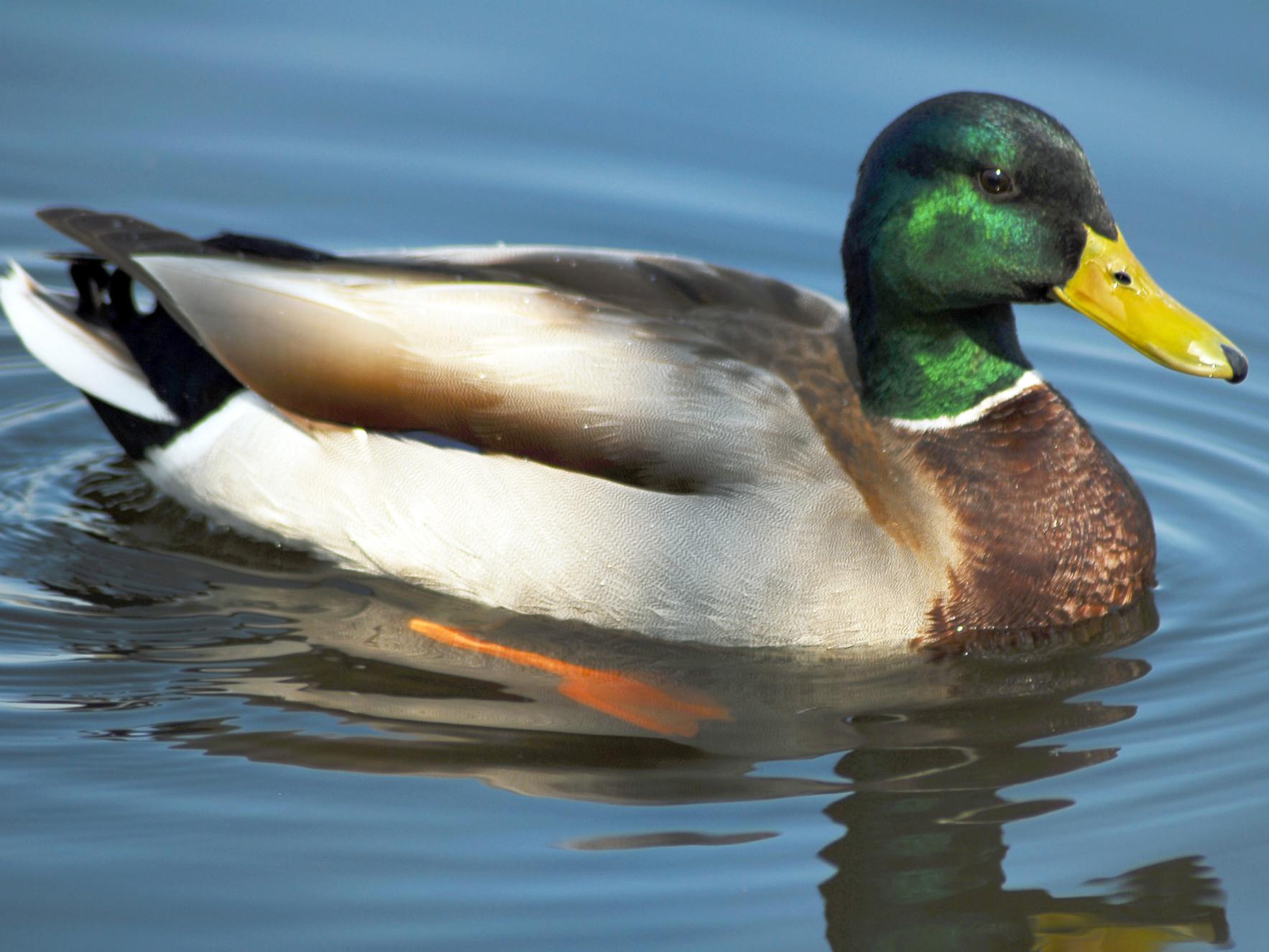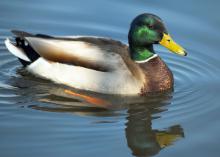Information Possibly Outdated
The information presented on this page was originally released on December 30, 2016. It may not be outdated, but please search our site for more current information. If you plan to quote or reference this information in a publication, please check with the Extension specialist or author before proceeding.
Mississippi welcomes migrating waterfowl
STARKVILLE, Miss. -- Few things are as stirring as the sight of long strings of high-altitude, migrating geese. Soft calls from on high beckon us to stop and marvel at their flight, their apparent freedom and their single-minded purpose to reach their winter home.
Geese are members of a large group of birds known as waterfowl. These large-bodied birds depend on wetlands, lakes and other watery habitats. Ducks and swans are also members of this group. Webbed feet, flattened bills and waterproof feathers are characteristics shared by most waterfowl.
In the fall and early winter, most species of waterfowl migrate from their spring breeding grounds in the North to warmer Southern climates. Northern winters are harsh, and lakes and rivers freeze. Ice keeps waterfowl from feeding on nuts, tubers, clams, insects and other food they usually find in the water. Migrating south to open water allows them to survive for another year.
Waterfowl migrate in flocks that may number in the thousands. As the old saying goes, “There is safety in numbers.” Not only do extra eyes help to spot potential danger, flying in flocks can also help birds save energy. The V formation used by many migrating birds allows each bird to get a lift from the air currents made by those flying ahead of them.
Flocking during migration also has important social aspects. Many ducks and other waterfowl find mates while on their trip south. These pair bonds will last throughout the winter until it is time to start nesting in the spring. A flock also helps to ensure young birds have a safe trip. Adolescent birds can learn the migration route -- including where to find food and rest -- from older birds who have made the trip before, lowering their risk of death on the long journey.
All migrating waterfowl travel along one of four “aerial highways” or flyways. One flyway follows the Atlantic coastline (Atlantic Flyway), and another tracks along the Pacific shore (Pacific Flyway). Two others cross the central U.S., one along the central plains (Central Flyway) and the other along the Mississippi River Basin (Mississippi Flyway).
Mississippi is important in the lives of migrating waterfowl. The marshes, swamps and bottomland forests that once covered the state’s Delta region and Gulf Coast were critical refueling, resting and overwintering places.
Today, little of those native habitats remain, making the remnant tracts even more crucial to waterfowl survival. Man-made habitats such as catfish ponds, reservoirs, irrigation pools and flooded agricultural fields provide opportunities for some species. Public wildlife management areas and refuges are also extremely valuable in protecting waterfowl populations because they offer a variety of habitats needed by these birds.
As winter really begins to bear down, keep an eye to the sky. Clear, cold, cloudless days are a perfect opportunity to spot V formations of ducks winging their way to warmer places.

Editor’s Note: Extension Outdoors is a column authored by several different experts in the Mississippi State University Extension Service.








